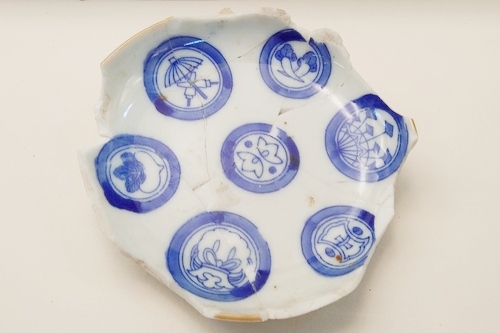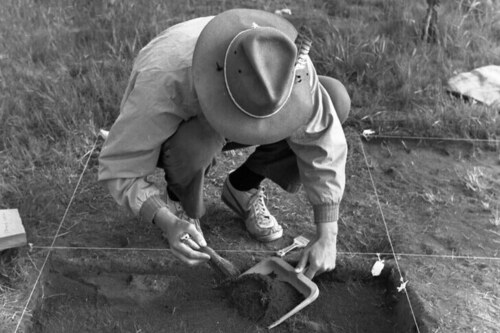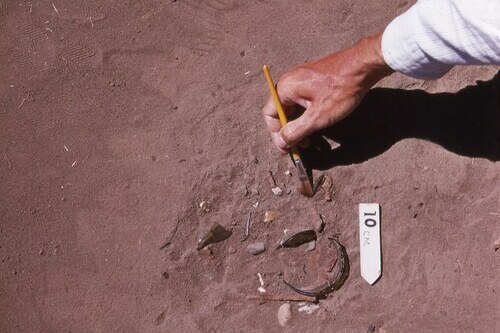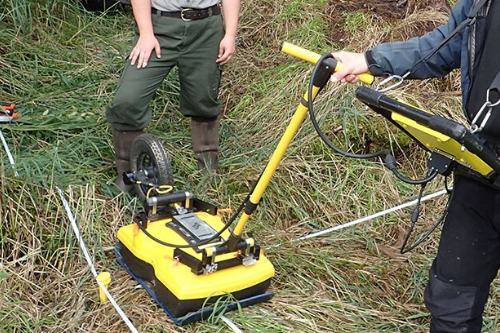
Artifact of the Week: Kozara
Archaeologists recovered this Japanese kozara, or condiment dish, from Downtown San Diego. This section of San Diego housed a working class population during the late Victorian period (c.1880-1915).
Japanese immigrants used this dish to hold side dishes, such as savory pickles or maybe steamed buns called gyoza to accompany a main dish. It probably dates from the Early Meiji period, 1862-1912. It appears to be typical “merchant class” utility table ware.
The roundels or kamon are similar to clan symbols, but these seem to be expressing generic good luck wishes rather than specific clan identifications. Note that the top of each roundel is situated at the edge of the dish.
Date: Post-Contact Period (300 ya – present)
Material Class: Ceramics
Want to learn more about the symbols on this dish? Visit the exhibit Block 112: The Untold Story of San Diego’s Working Class in the 1800s currently on view at the Center.




